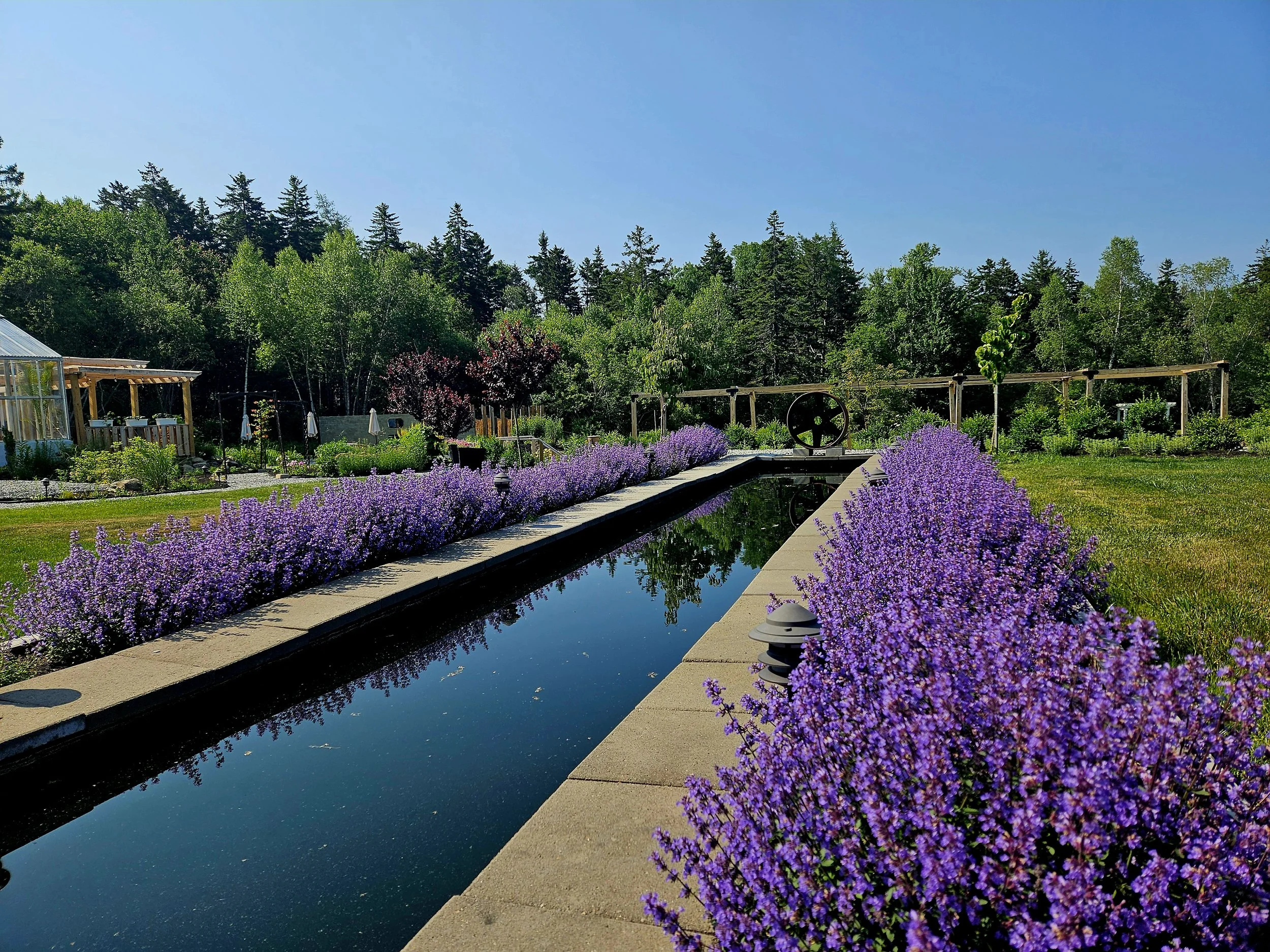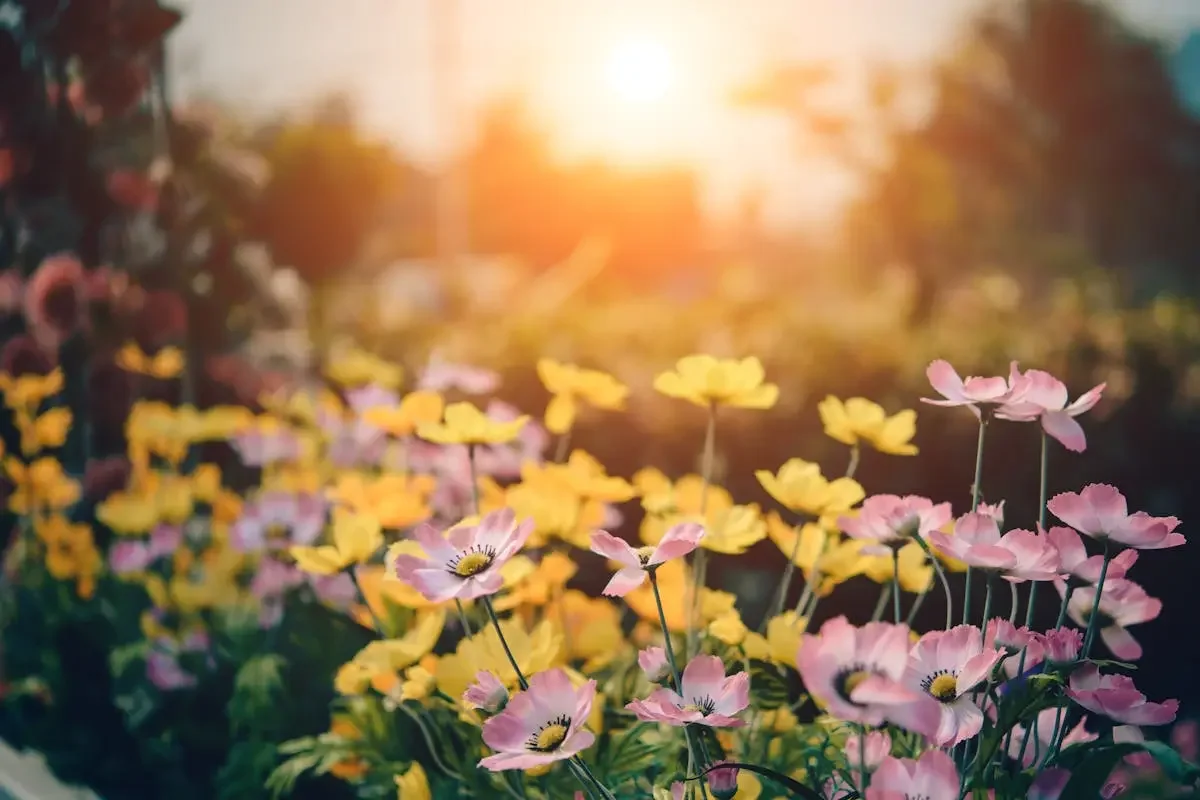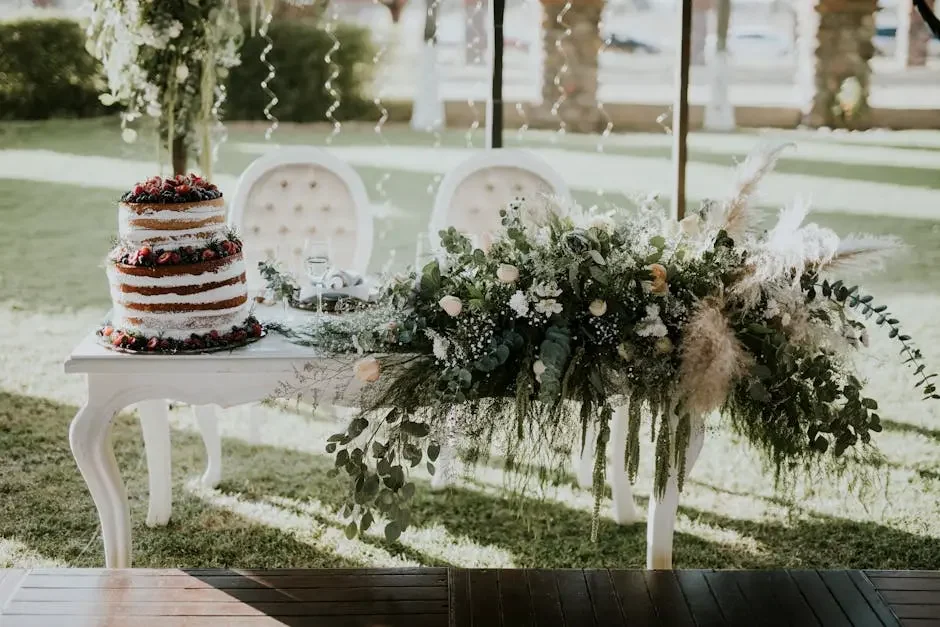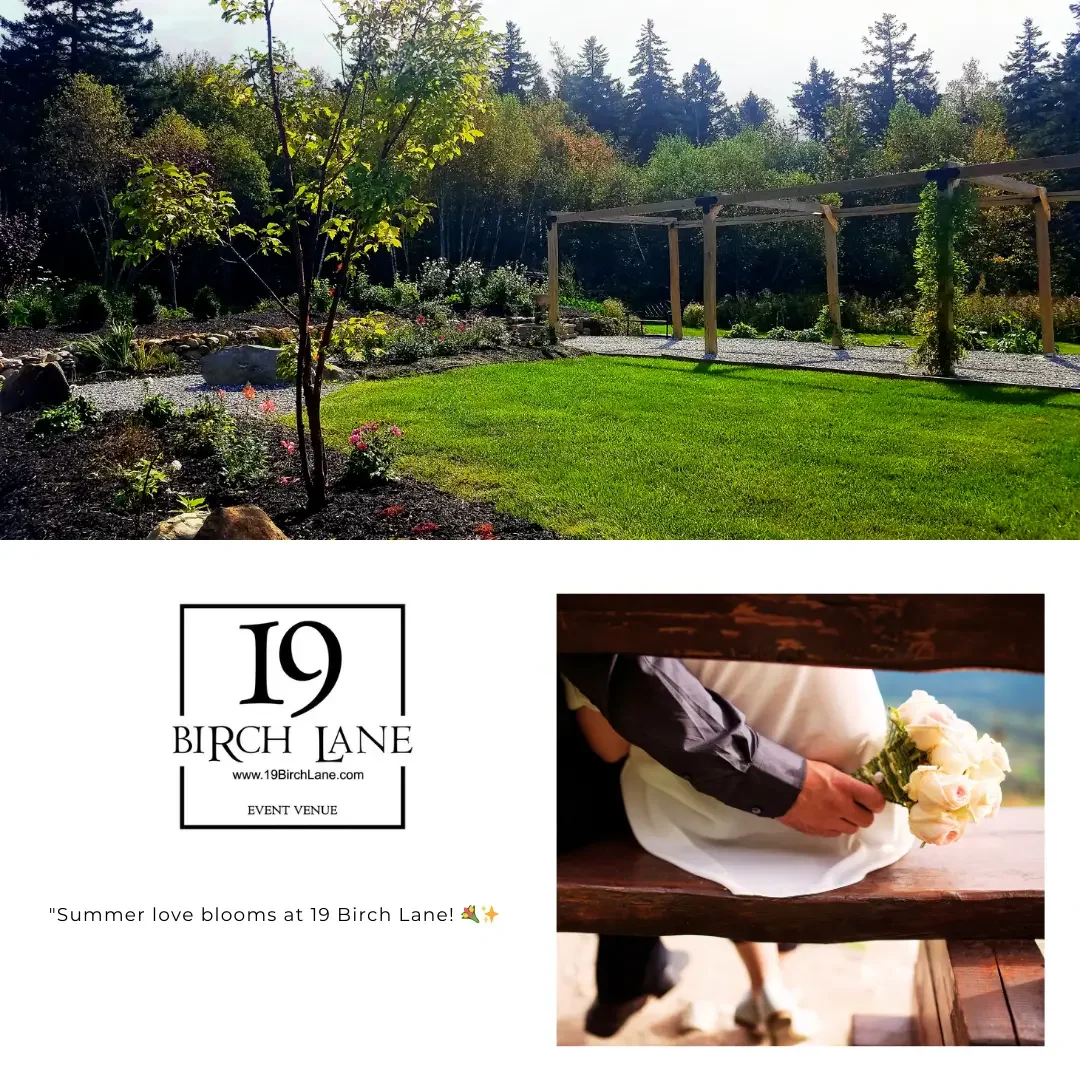
The Beauty of Water: Designing with Water Features in Your Garden
Our DIY water feature at 19 Birch Lane

Designing Garden Rooms: How to Create Botanical Destinations Within Your Landscape
Reflection at 19 Birch Lane with Cat Mint Nepeta lining it.


What Should You Consider When Planning a Garden Wedding?
Learn about the key factors to consider when planning a garden wedding, from choosing the right venue to preparing for weather contingencies and ensuring guest comfort.

15 Essential Decor Ideas for an Enchanting Botanical Wedding
Bring your botanical wedding vision to life with these 15 essential décor ideas. Get inspired to create an enchanting atmosphere filled with lush greenery and natural beauty.

How Can Outdoor Venue Rental Transform Your Special Occasion?
Learn how renting an outdoor venue can elevate your special occasion. From weddings to corporate events, an outdoor setting can provide a unique and memorable experience for your guests.








